images courtesy Cornell University
23 September 2019
In the past several years my friends and I have noticed something strange. We expect to see a lot of birds at our feeders and on migration but something has gone wrong. We rarely see so many, sometimes almost none. There are fewer birds than there used to be.
The truth is worse than we thought. A report published in Science on 19 September 2019, shows that the bird population of North America has declined by 2.9 billion birds since 1970. Half of that decline occurred in the last 10 years(*). Indeed, we have seen Silent Spring happening before our eyes.
The declines are uneven across species and regions. Grassland species have been hit the hardest with more than half gone. Boreal forests have lost a third. 617 million wood warblers are gone.
The research team, led by Kenneth V. Rosenberg of Cornell University, analyzed many data sets including Breeding Bird Surveys, Christmas Bird Counts and US Fish and Wildlife Surveys. The most poignant proof came from a non-human counter — radar data of nocturnal spring migration. Across the U.S. from 2007 to 2017 weather radar saw a 14% reduction in our bird population.
The heaviest losses occurred in the Atlantic and Mississippi flyways (blue and green on map).
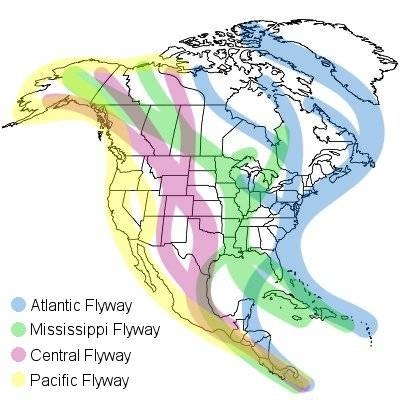
Pittsburgh’s radar station was in the top 20% of locations that lost birds.
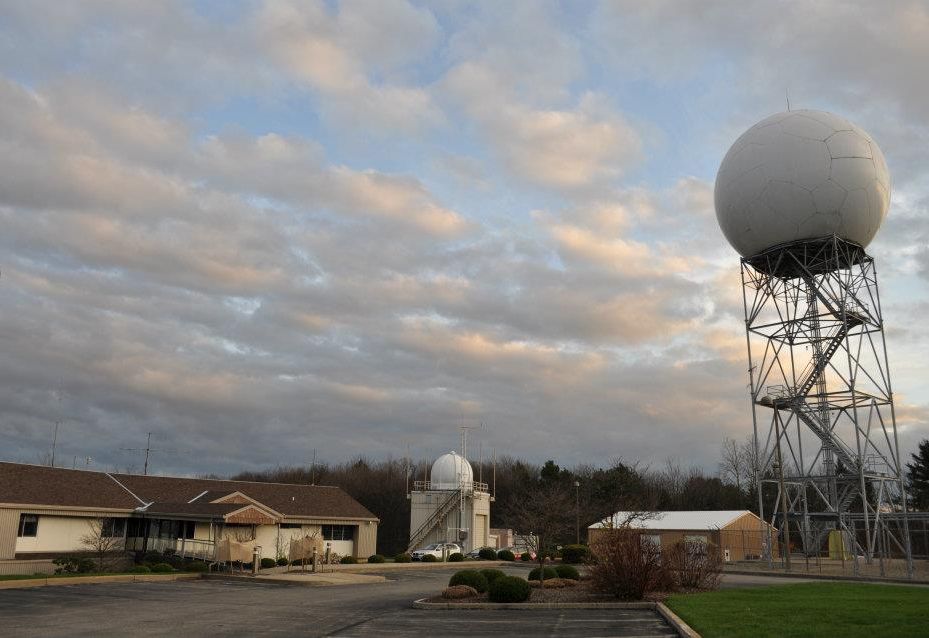
Here’s just a sample of the decline in species since 1970:
- 50% of red-winged blackbirds have vanished,
- 92% of blackpoll warblers have disappeared since 1966,
- 70% of chimney swifts,
- 60% of wood thrushes,
- 25% of blue jays (Have You Seen Any Blue Jays Lately?),
- 81% of house sparrows and 49% of starlings. Though these two species are invasive their demise is an indication of how serious this is.
The reasons for decline are across the board including increased use of pesticides, habitat loss, collisions with windows, cats and many more. For instance, neonicotinoid pesticides, deadly to bees, are weakening songbirds so they delay migration or fail to complete it. Logging and fires in the boreal forest and in Central and South America have eliminated warbler habitat on both breeding and wintering grounds.
Birders have noticed the decline because it recently accelerated. Half the birds disappeared in the first 40 years. The other half vanished in the last decade.
Right now some of us are grieving, an ecological grief for the loss of birds and the prospect of a bleak future.
But there are bright spots in the report that give us hope and a way forward. I’ll write about them tomorrow.
(Credits: slideshow images courtesy Cornell University Digital Press Kit, flyways map by Melissa Mayntz at The Spruce, photo of Pittsburgh NWS radar station from weather.gov.)
Source material and additional information:
- New York Times: Birds Are Vanishing From North America
- Science Magazine: Three billion North American birds have vanished since 1970, surveys show
- Full report: Decline of the North American avifauna (login may be required)
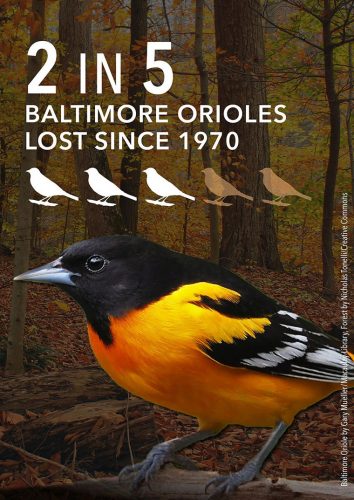
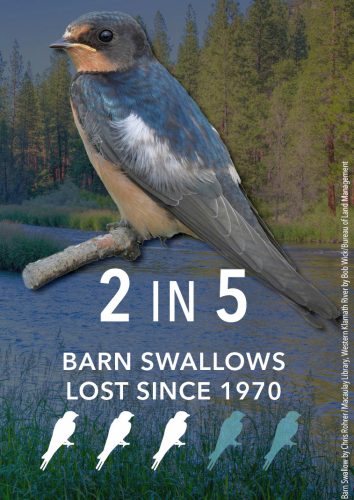
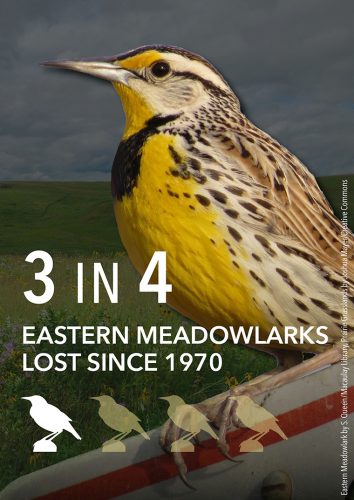
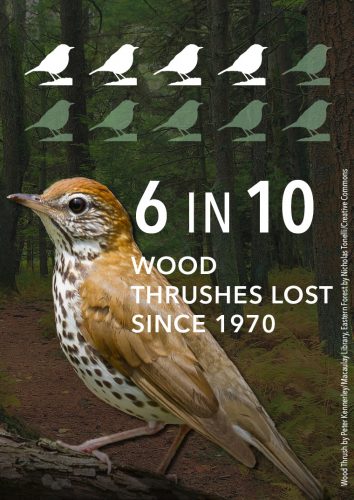
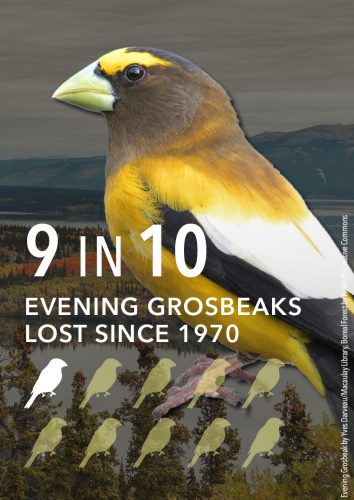
Wow. This is so disturbing. Thanks for keeping us in the loop Kate, this story has gotten some good coverage in the media but I’m not sure who is listening.
I have plenty of bluejays and sparrows. The starlings will be back in winter for the suet. I am surprised about the Mississippi Fly-way. There there are so many. My bees have diminished thanks to my neighbor spraying
I have plenty of blue jays and cardinals. But over the last few years I have had a serious decline in gold finches. I used to have 2 feeder that would be covered with finches. I finally gave up. I have only seen one or two pairs this year.
Susan, I’ve seen this too. I’m not sure what it is but I wonder if it is pesticides on/in seeds. Some birdseed companies grown neoncotinoid-treated seeds. This study says that neonicotinoids (which are everywhere now) cause birds to not fatten up for migration https://science.sciencemag.org/content/365/6458/1177?_ga=2.175156706.1545798008.1568641742-446163295.1562958236. Very troubling.
Troubling indeed. Thank you, Kate. I would never have suspected that at all.
We do not treat our lawn with anything, and we use vinegar/soap mixture to kill weeds only in our gravel driveway. And we don’t do any autumn yard work, so that animals and insects have a good home for the winter. With all that, I must say I have noticed an increase in certain things: we now have a resident groundhog two-years running (his burrow is at the end of our yard and we love him), this year marked an increase in honey bees, which love the clover in our lawn (so does the groundhog), butterflies (thanks to planting butterfly bushes two years ago), goldfinches (thanks to planting echinacea three years ago), dragonflies, my first ever sighting of a blue jay in our yard, an orange cardinal, and lots of starlings and mockingbirds (this year first time mockingbird nested in our hedges). However, I haven’t seen any robins since early spring! We are just across the Mon from you Kate, in Munhall, so maybe we stole your goldfinches! I also see them at the Waterfront by the Guardian storage facility!
Sherri, we have robins but goldfinches are variable and usually scarce in Schenley Park. For whatever reason the biggest month for robins is in April when they come north on migration.